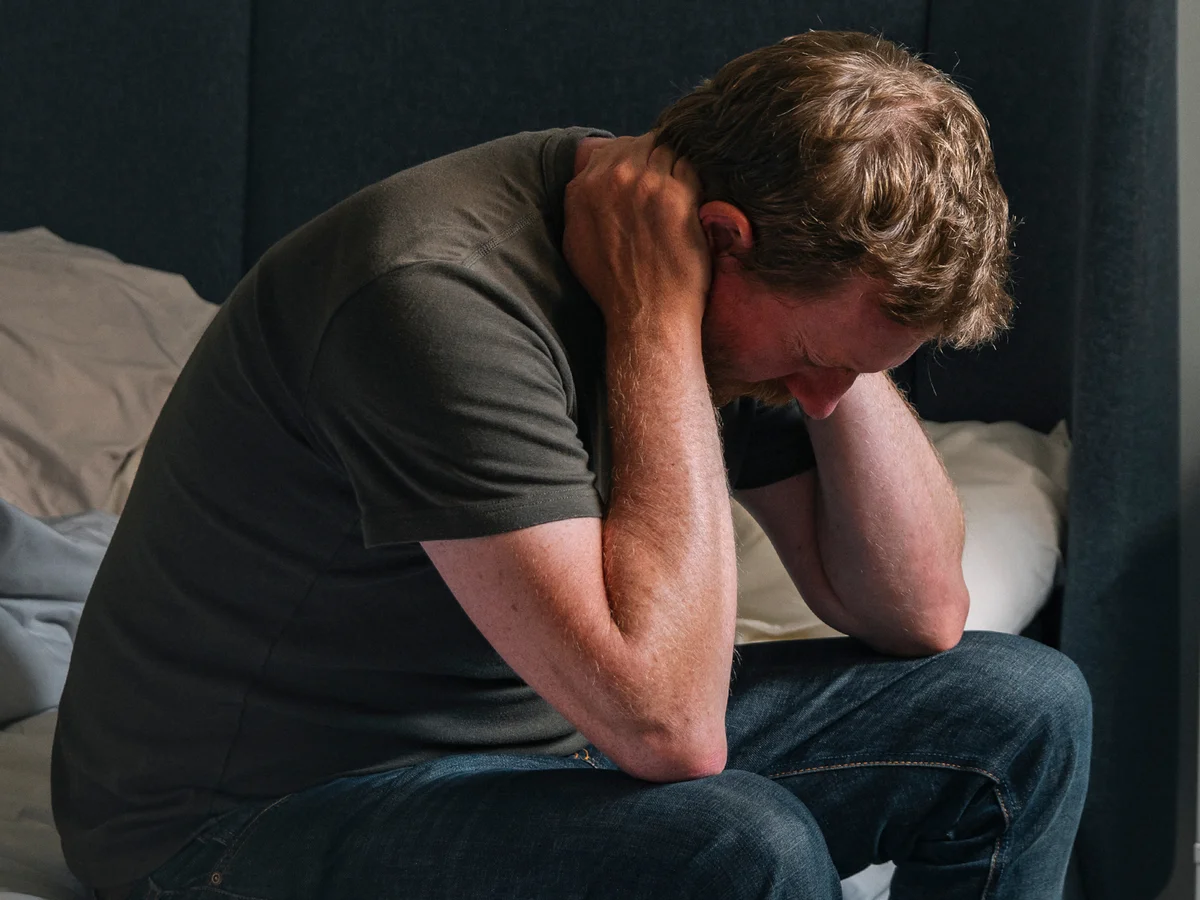Public awareness around the concepts of trauma and Post-Traumatic Stress Disorder (PTSD) has increased dramatically. Even so, there is still much to learn about these nuanced topics. For example, did you know there is a mental health condition called Complex Post-Traumatic Stress Disorder (CPTSD)? Did you also know that both PTSD and CPTSD manifest in symptom clusters?
A symptom cluster is a group of two or more related symptoms that occur together to form a syndrome. Both PTSD and CPTSD are syndromes. Of course, they share some intersecting symptoms. However, they also present different symptom clusters. Understanding this adds to the growing awareness around trauma informed treatment.
The Primary Differences Between PTSD and CPTSD
Almost everyone endures potentially traumatic events. Sometimes when a person is traumatized by these experiences, he or she can suffer from either PTSD or CPTSD. Generally speaking, PTSD is caused by events and occurrences like:
- Loss of a loved one
- Emotional, verbal, physical, or sexual abuse
- Accident
- Natural disaster
- Victimized by a crime or terrorist attack
- Sudden illness or injury
CPTSD is different. It results from ongoing, relentless trauma and abuse. For example:
- Long-term abuse or neglect (particularly during childhood)
- Kidnapping
- Slavery
- Incarceration
- Trafficking and prostitution
- Ongoing domestic abuse
Of course, there are plenty of gray areas. Categories blur and overlap. That said, the distinction mostly holds and manifests itself in how symptoms and symptom clusters appear.
The Symptom Clusters of PTSD
There are 3 main types of symptoms of PTSD:
- Re-experiencing symptoms: These are flashbacks, nightmares, etc.
- Avoidance and Numbing symptoms: These are symptoms like Dissociation, problematic drug use, avoiding situations which might trigger you, etc.
- Hyper-arousal symptoms: difficulty sleeping, irritability, being super aware of potential threats (hyper-vigilance)
The jolting experience that brought on trauma feels impossible to forget. Therefore, it returns in the form of intrusive thoughts. It can provoke extreme measures to avoid anything that brings back the emotions related to the trauma. In addition, a person with PTSD feels perpetually on guard for real or perceived threats.
The Symptom Clusters of CPTSD
People struggling with CPTSD may experience any of the above PTSD cluster symptoms. They usually do. However, this condition adds three more to the mix:
- Interpersonal Disturbances: Difficulty creating or maintaining friendships/relationships with other people
- Negative Self-Concept: A generally negative view of yourself, e.g. “I’m the worst,” “I hate myself,” etc.
- Affect Dysregulation: Difficulty with regulating/tolerating negative emotional states
Long-term trauma impacts the brain in a different way. As demonstrated by the above list, it can negatively impact one’s interpersonal interactions. You may not trust anyone. You may not trust yourself. Your reaction to any form of negative input is severe and seems to “prove” your perception of yourself and others.
Treating PTSD and CPTSD
A goal of “trauma-focused” treatment is to resolve the memory and experience. Unresolved is what can cause either PTSD or CPTSD. Finding meaning and closure has been shown to offer long-term relief. Approaches include:
- Talking about the memory
- Visualizing resolution
- Learning how to think and talk about one’s past without triggering oneself
- Addressing and deleting unhealthy beliefs related to oneself and the experience
CPTSD treatment includes all of the above but adds in some other strategies that related to the cluster described above, e.g.
- Developing ways to regulate powerful emotions
- Cultivating healthy relationships and friendships
- Addressing low self-esteem and feelings of worthlessness
- Cultivate healthy trust
Because the traumatic period lasted longer, CPTSD treatment also takes longer. There are more sustained beliefs and impressions to address. Even so, diligent therapeutic work can bring about substantive progress and healing. The first step in this positive direction is reaching out. It’s crucial to work with a skilled and experienced mental health professional.
I have worked with many people who have endured trauma in their lives. If you are in this place, I am here to help you move toward recovery. Please read more about trauma therapy and let’s connect for a confidential consultation.





